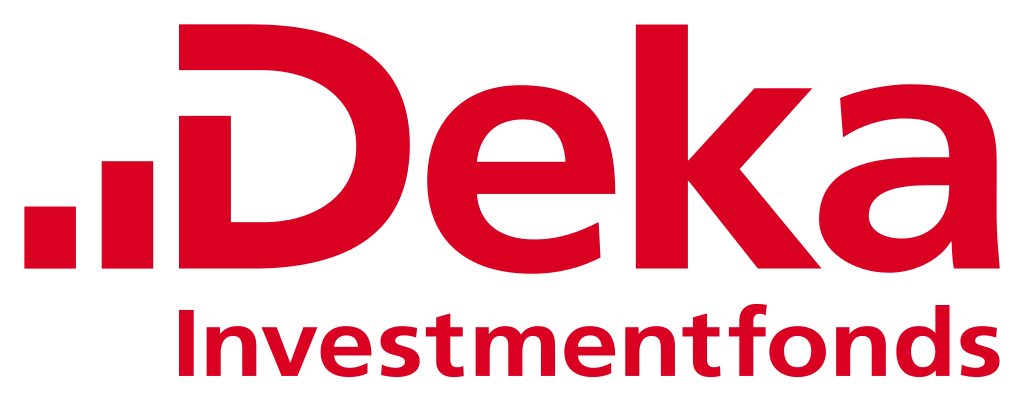Disenchantment with European equities has been spreading among large global investors even though analysts are predicting clear improvements for corporate earnings in both the Eurozone and UK corporate during 2025.
Worries about Russia’s brutal war in Ukraine and the threat of a wider conflict involving more European countries, political instability in both Germany and France, disappointing economic growth in the Eurozone and region wide inflationary pressures have all contributed to the deterioration in sentiment among asset allocators.
Eurozone equities represented the largest 'underweight' position held by participants in the widely watched Bank of America global fund managers’ survey in December.
A net 25% of the 204 survey respondents who oversee combined assets worth $518bn reported an underweight exposure to Eurozone equities last month, the weakest reading for two years.
The move to the exit accelerated in December when these investors implemented a big shift out of Eurozone stocks and cash holdings in favour of US equities, with Donald Trump’s victory in the presidential election helping to propel the S&P 500 to fresh all-time highs approaching the end of 2024.
Michael Hartnett, chief investment strategist at BofA Global Research, described sentiment towards US equities in mid-December as "super-bullish" after the raft of pro-growth economic policies announced by the upcoming Trump administration.
Record high valuations for technology stocks on Wall Street have not curbed interest from global fund managers with a net 36% of these investors holding a US overweight in December, the highest level in the history of the survey which dates back to 1985.
These shifts in positioning mean that the overweight in US equities relative to Eurozone stocks among global fund managers now stands at its most extreme level since June 2012, during the Eurozone debt crisis.
Recent increases in long-term US Treasury bond yields have dented some of the super bullish sentiment which is energising Wall Street, but identifying a catalyst that could spark a revival in confidence in Europe is much more problematic.
ETF data provides another illustration of the poor appetite for European equities among investors more widely. European equity ETFs won a measly 2% of the global net inflows into equity ETFs in 2024. In contrast, US equity ETFs captured more than half of the new business registered worldwide by equity ETFs, according to preliminary data from the consultancy ETFGI.
Looking ahead, corporate earnings growth for the Eurozone is forecast to rise to 9.1% in 2025 from an estimated 3.9% last year, according to Société Générale. It expects to see a bigger improvement for the UK with corporate earnings growth this year forecast at 7.1%, up from a disappointing 1.3% in 2024.
But SocGen expects the US stock market to continue to provide superior growth in profits with earnings forecast to increase 14.4% this year, up from an estimated 10.8% in 2024.
The big gaps in earnings growth forecasts are also reflected in valuations with the US trading on a multiple of 21.6 times expected earnings for 2025 while the forward PE multiple for the Eurozone is around 12.6 and just 11.6 for the UK.
Andrew Lapthorne, head of SocGen’s quantitative index and ETF research group, says that there are now cheap stocks available in every European sector and the available universe of companies that can be classified as 'value' is now more widely diversified.
This should help to reduce the risk of value 'traps' where stocks that have been beaten up fail to make a meaningful price recovery for a prolonged period.
As a result of the acute macroeconomic and geopolitical concerns weighing on investor sentiment, the average valuation attached to European value stocks has sunk to distressed levels – currently around just 8 times forward earnings – which would only usually be seen a crisis period.
European value as a factor historically has provided total returns of 25% over the following 12 months when the forward PE multiple dropped below 8x in a sample going back to 1990, according to SocGen’s calculations.
“European value is still ‘cheap’ which historically implies strong returns and outperformance - versus the wider market -on a 12-month view,” said Lapthorne.
Another attraction is that value stocks in Europe are also trading at a relatively low level of volatility compared with the wider European equity market.
There are currently 12 value ETFs that focus solely on European stocks which together held combined assets of $2.7bn at the end of December, according to the data provider ETFbook. As a group, these ETFs registered combined net outflows of $981mn last year.
Total returns - including dividends - in 2024 ranged from 29.4% for the top performer in this sector – the Deka STOXX Europe Strong Value 20 UCITS ETF (EL4D), to -0.3% for the Ossiam ESG Shiller Barclays Cape Europe Sector UCITS ETF (5HEU).
Hedge funds generally employ long-short portfolios when pursuing value strategies, betting on gains for a selection of the cheapest stocks and against a selection of the most expensive stocks in a market.
SocGen's long-short European basket returned 8.2% last year and the UK version was up 19.7%.
SocGen also noted the consistent returns – around 3% each year since 2022 – earned by a long value-short equal weight European stocks portfolio, a trade that the French bank can implement via index-linked derivatives for clients.
An ETF investor could mimic this with a long position in the Xtrackers Europe MSCI Value UCITS ETF (D5BL) which employs three valuation variables - price-to-book value, price-to-forward earnings and enterprise value-to-cash flow from operations – combined with a short position in the Invesco S&P Europe Equal Weight Index ETF (EQE).
“A value portfolio is full of bad news. Remove or alleviate some of those problems and value could rebound strongly. European value can be seen as offering a ‘call option’ on better news,” said Lapthorne.







